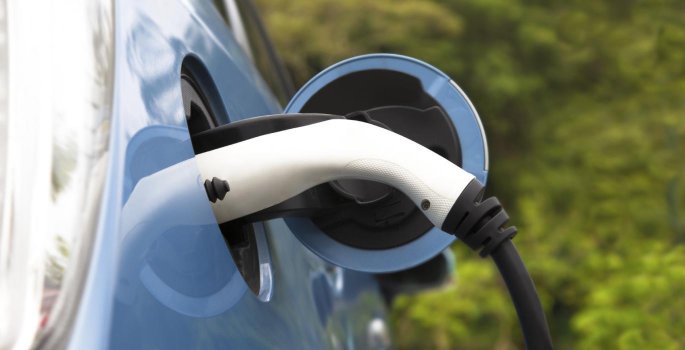K
Kathleen Martin
Guest
Sales of electric vehicles are booming: last year, in fact, EVs accounted for 20% of passenger vehicle sales, and that’s just the beginning. By the end of the decade, it’s anticipated that the number of EVs on the road will soar from 2 million to as many as 35 million — great news not just for Elon Musk, but for anyone who cares about reducing air pollution and tackling the climate crisis.
Keeping all those new EVs charged, however, will require the rapid rollout of a massive new network of charging infrastructure. More than 50 U.S. power companies just announced plans to build a coast-to-coast fast-charging network, with at least 90,000 new public charging stations needed to meet demand. Many smaller projects will also be built in coming years, with the country likely to need an additional 1-2 million public chargers by 2030.
That’s a big deal, because charging stations aren’t simply sockets: they’re smart devices that communicate — with cars, with drivers, with each other, and with the grid — to deliver effective services. The decisions we make now about how to connect this new infrastructure will have implications for decades to come, impacting everything from EV uptake, to grid management, to decarbonization, to energy pricing.
Understanding the stakes
It’s easy to think about EV infrastructure purely in terms of hooking charging stations up to the grid. But building out EV infrastructure is also a connectivity problem — because EV stations are IoT devices that need to communicate and share information. That’s important in a number of ways:
Keeping all those new EVs charged, however, will require the rapid rollout of a massive new network of charging infrastructure. More than 50 U.S. power companies just announced plans to build a coast-to-coast fast-charging network, with at least 90,000 new public charging stations needed to meet demand. Many smaller projects will also be built in coming years, with the country likely to need an additional 1-2 million public chargers by 2030.
That’s a big deal, because charging stations aren’t simply sockets: they’re smart devices that communicate — with cars, with drivers, with each other, and with the grid — to deliver effective services. The decisions we make now about how to connect this new infrastructure will have implications for decades to come, impacting everything from EV uptake, to grid management, to decarbonization, to energy pricing.
Understanding the stakes
It’s easy to think about EV infrastructure purely in terms of hooking charging stations up to the grid. But building out EV infrastructure is also a connectivity problem — because EV stations are IoT devices that need to communicate and share information. That’s important in a number of ways:
- Smarter charging. Connectivity lets charging stations operate more dynamically, perhaps by flexibly favoring off-peak hours to reduce the cost of “topping up” and lower the total cost-of-use for EVs.
- Added value. From checking an app to see whether a local charging station is free, to getting a push notification when your car is charged, smart EV infrastructure improves the EV owner’s experience and ultimately helps boost EV uptake.
- Increased resilience. Charging millions of EVs places a load on the grid, and unmanaged charging — such as when everyone gets home from work and plugs in their car — can cause problems. Connected charging stations can collaborate to smooth out the load, prevent problems, and keep energy costs low.

